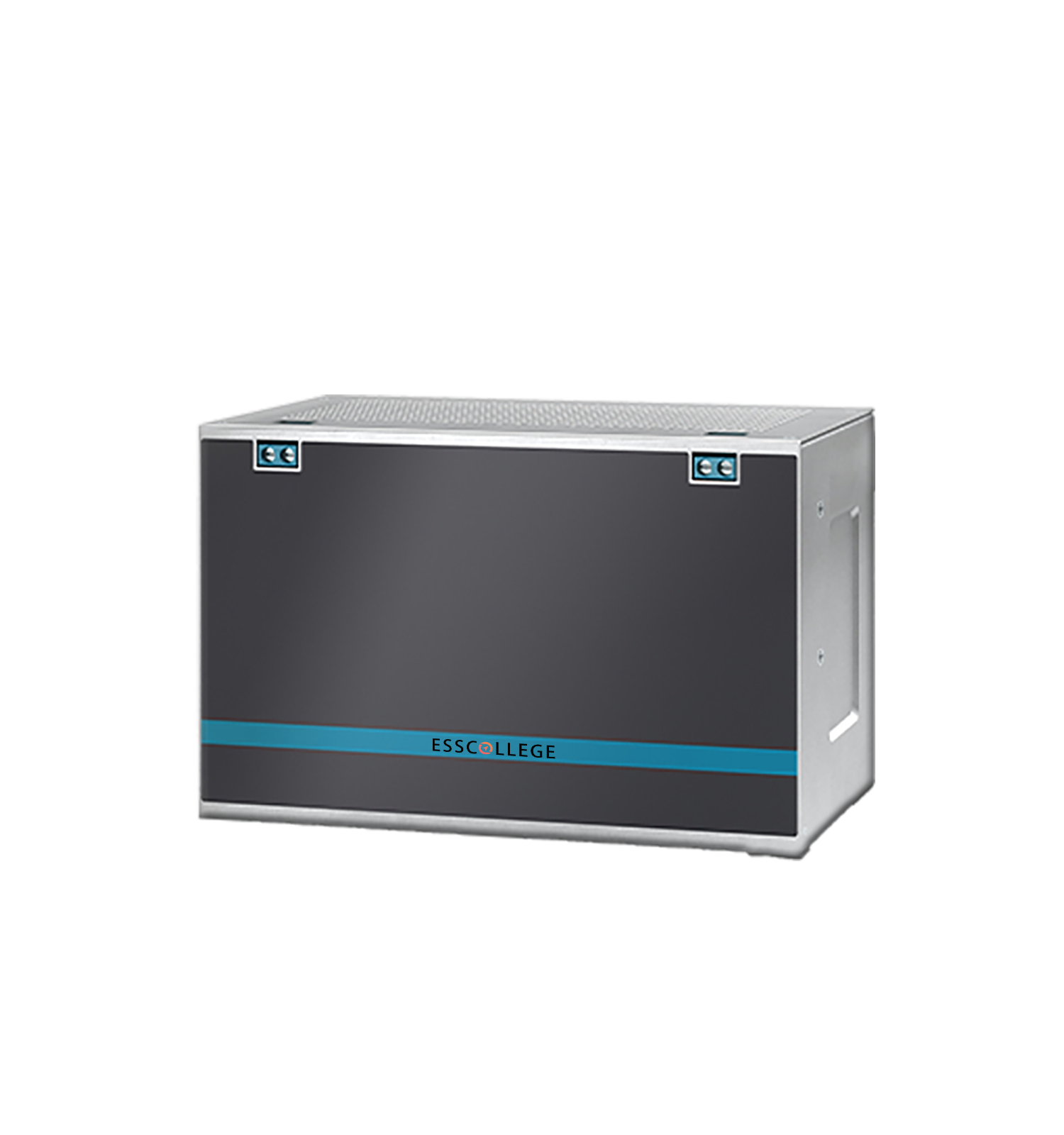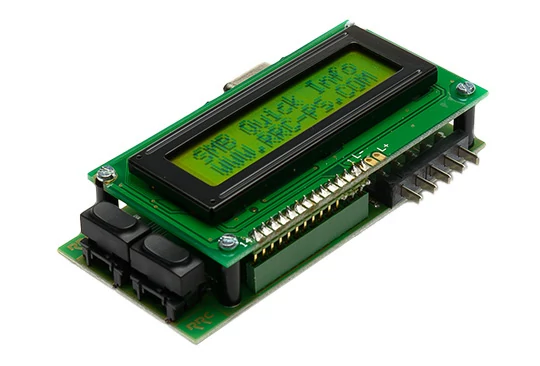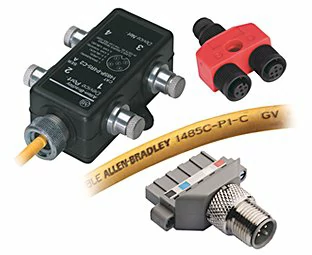Charging capacity efficiency and its influencing factors In the design...
UPS communication mode 7: RS-232 and RS-485
Uninterruptible power supplies (UPS) play a vital role in modern information technology and power systems, ensuring reliable power support in the event of a power failure. In the monitoring and management of UPS, data communication technology is very important, especially the traditional serial communication protocols such as RS-232 and RS-485. This article will introduce these two communication methods in detail, including their characteristics, advantages and disadvantages, and their respective application scenarios.
RS-232 serial communication
Overview
RS-232 is one of the first serial communication standards designed and is widely used in communication between computers and external devices. It uses single-ended signal transmission, generally using 9-pin or 25-pin connectors. RS-232 is commonly used for short-range communication, with transmission distance limits usually within 15 meters.
Characteristics and advantages
Simple and easy to use: The RS-232 standard is simple, easy to understand and implement, and is widely used in a variety of devices, such as UPS and computer connections.
Wide compatibility: Due to its long history, many devices and systems support the RS-232 protocol, ensuring that users' devices are easy to integrate.
Low cost: The RS-232 interface and implementation are relatively simple, and the related hardware and transmission wire costs are low.
Weaknesses
Short transmission distance: The effective transmission distance of RS-232 is short, usually no more than 15 meters, which limits the flexibility of device distribution.
Serial communication: RS-232 supports point-to-point communication, that is, a device can only be directly connected to a master device, and cannot support networked multi-point communication.
Application Scenarios
Short distance device connection: In the direct connection between the UPS and the server, RS-232 is often used to monitor and control the transmission of data.
Debugging and configuration: The RS-232 interface is often used for debugging and parameter setting of the device, which can be managed directly by the computer.
RS-485 serial communication
Overview
RS-485 is another common serial communication standard designed for long distance and high speed network communication. It adopts differential signal transmission and supports multi-point connection, which greatly enhances the flexibility and reliability of communication.
Characteristics and advantages
Long transmission distance: The effective transmission distance of the RS-485 can reach 1200 meters, which makes it suitable for a large range of device connections.
Support for multi-point communication: RS-485 supports up to 32 devices to communicate in the same network, suitable for complex network structures.
Strong anti-interference ability: due to the characteristics of its differential signal transmission, RS-485 performs well in the electrical noise interference environment and has stronger anti-interference ability.
Weaknesses
Complexity: Compared with RS-232, the circuit design and configuration of RS-485 is slightly more complex, requiring special driver circuits.
High cost: Due to the complexity of the equipment and cabling, the initial investment and implementation cost of the RS-485 system is relatively high.
Application scenario
Large network systems: RS-485 is commonly used for UPS integration in large industrial environments or building automation systems and can connect multiple UPS devices to a central monitoring system.
Remote Monitoring and control: The RS-485 provides a reliable solution for remote equipment locations that require real-time monitoring of UPS status.
CONCLUSION
In the communication of UPS system, RS-232 and RS-485 each play different roles. Understanding the features and application scenarios of the two communication modes helps you select a proper communication solution based on your requirements to ensure UPS stability and reliability.

UPS BATTERY SERIES
UPS (Uninterruptible Power Supply) batteries are an important component of power supply systems designed to provide stable power support for electronic devices.
Extended reading
Discharge Capacity Efficiency and Its Influencing Factors
Discharge capacity efficiency and its influencing factors The discharge capacity...
UPS Communication Mode 1: System Management Bus (SMBus)
UPS communication mode 1: System Management Bus (SMBus) Uninterruptible power...
Comparison of Charging and Discharging Efficiency of Three Types of Batteries
Comparison of charging and discharging efficiency of three types of...
Comparison of Three Types of Battery Cycle Life
Comparison of three types of battery cycle life With the...
UPS Communication Mode 9: DeviceNet
UPS communication mode 9: DeviceNet In the application of uninterruptible...
THE ESSC Brand promise
Global supply
Our products sell well all over the world, covering many countries and regions, through the global logistics network, to provide customers with convenient purchasing experience.
Rigorous quality
We adhere to the highest quality control standards to ensure every product meets industry regulations and customer expectations, earning trust through consistent excellence.
Excellent service
With a customer-centric approach, we provide prompt responses, professional support, and personalized services, aiming to deliver the best user experience and long-term value.




